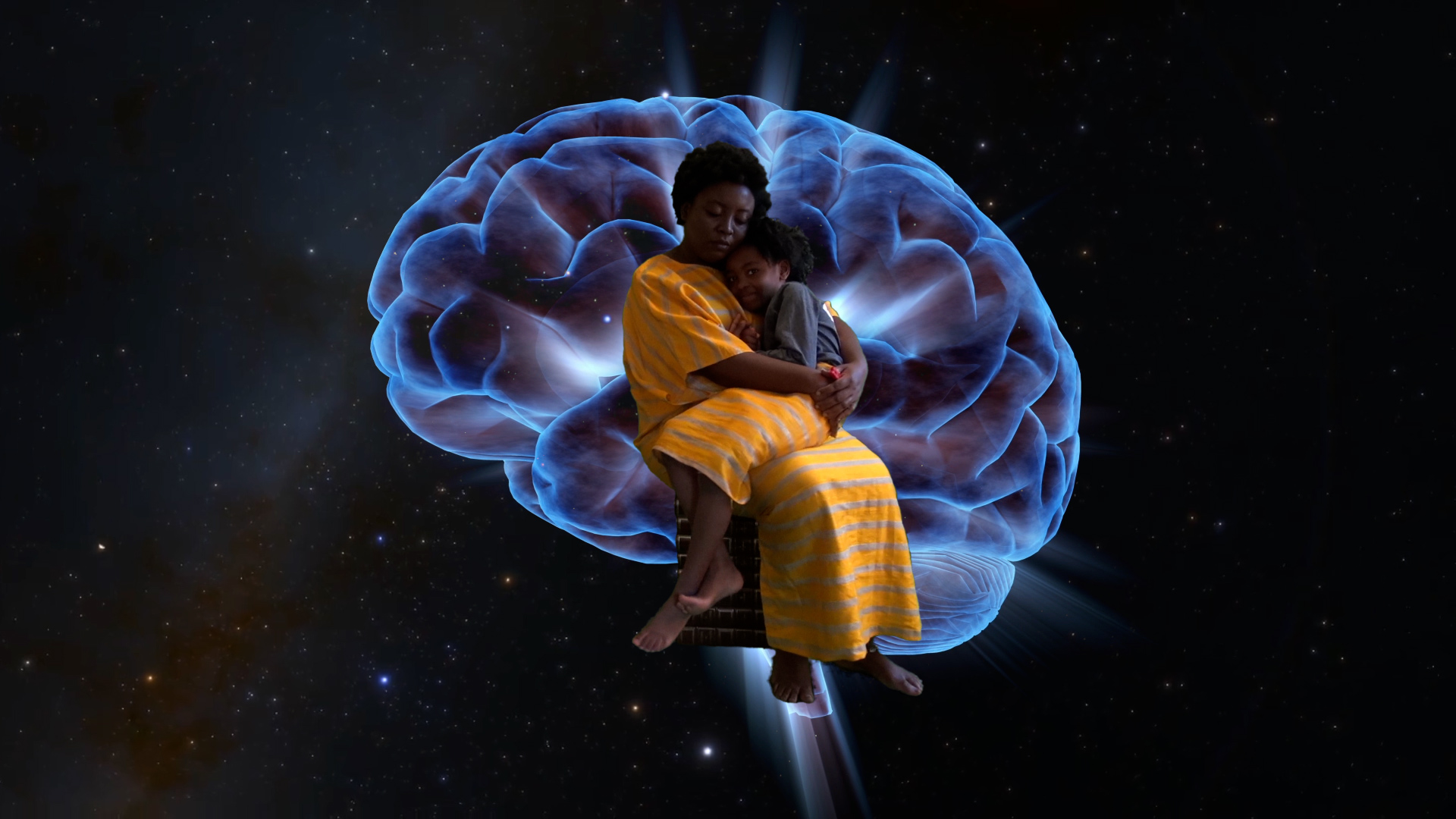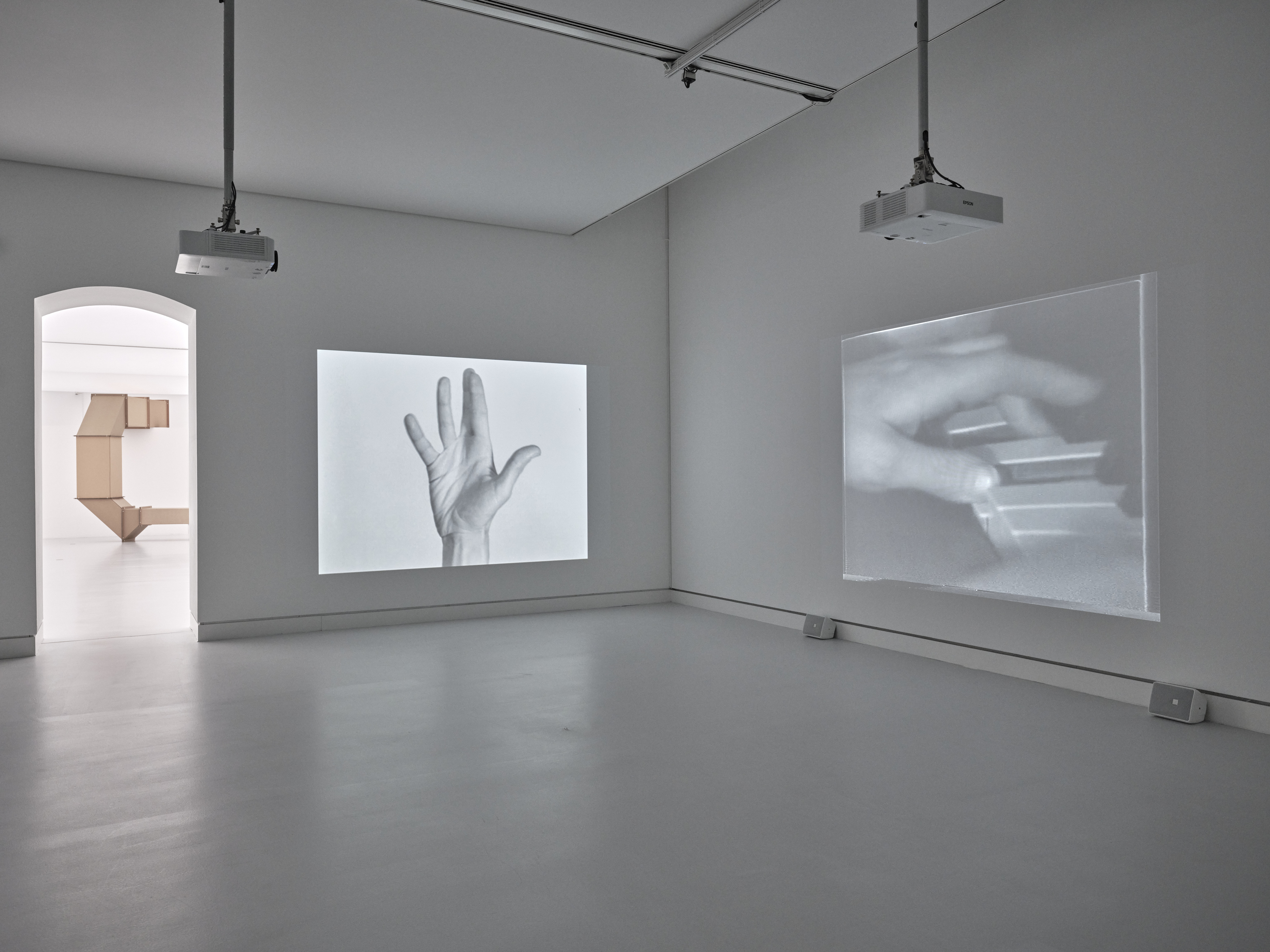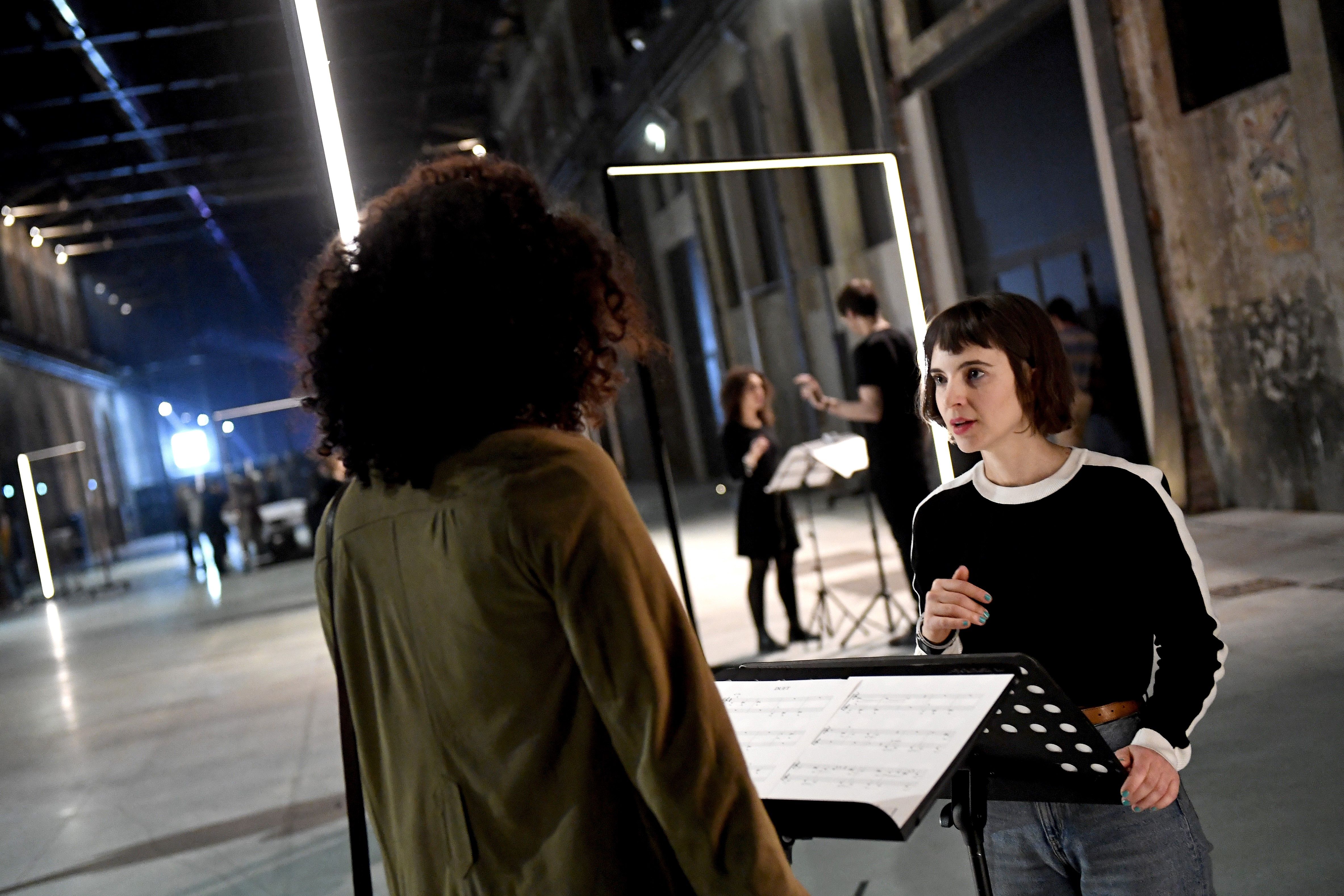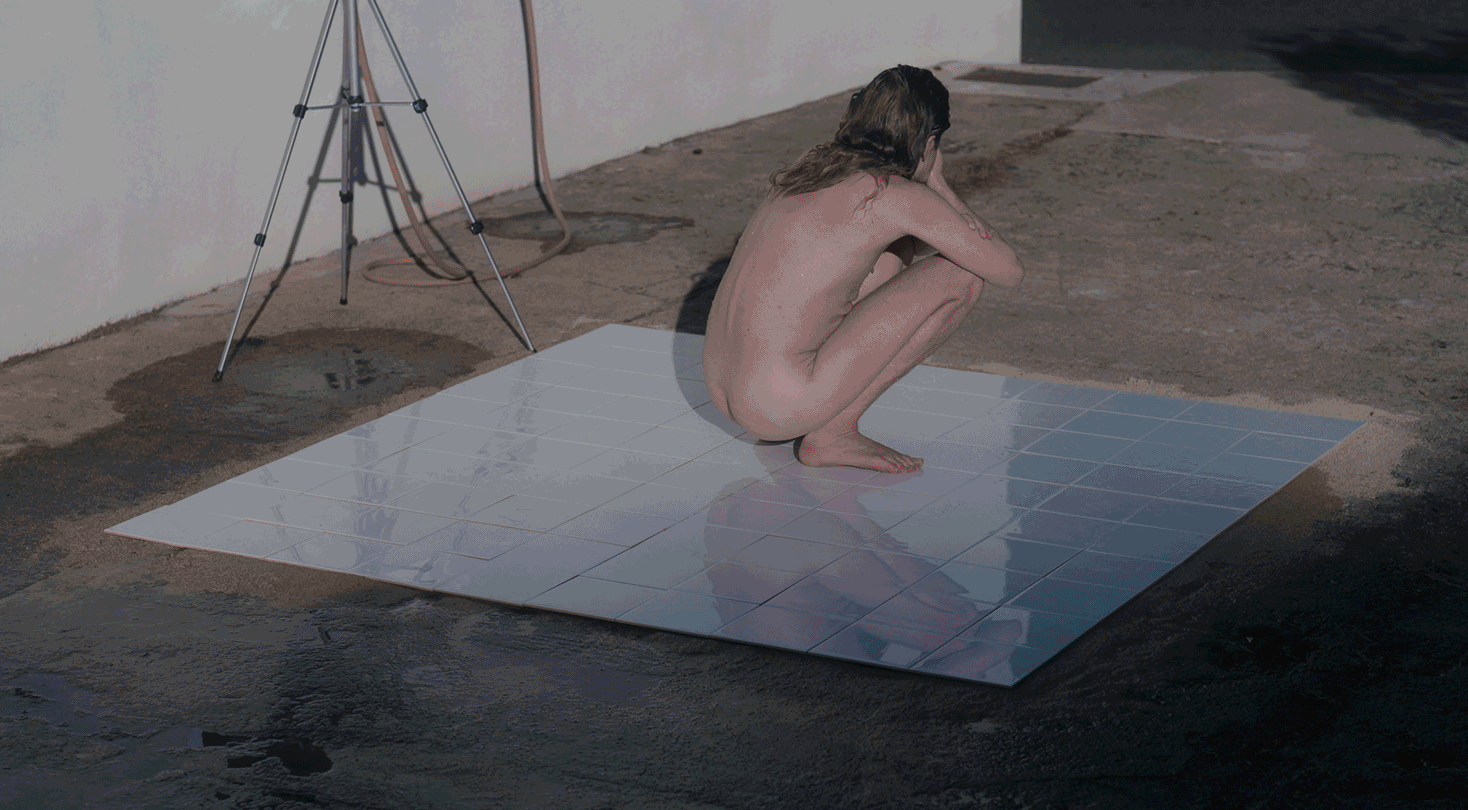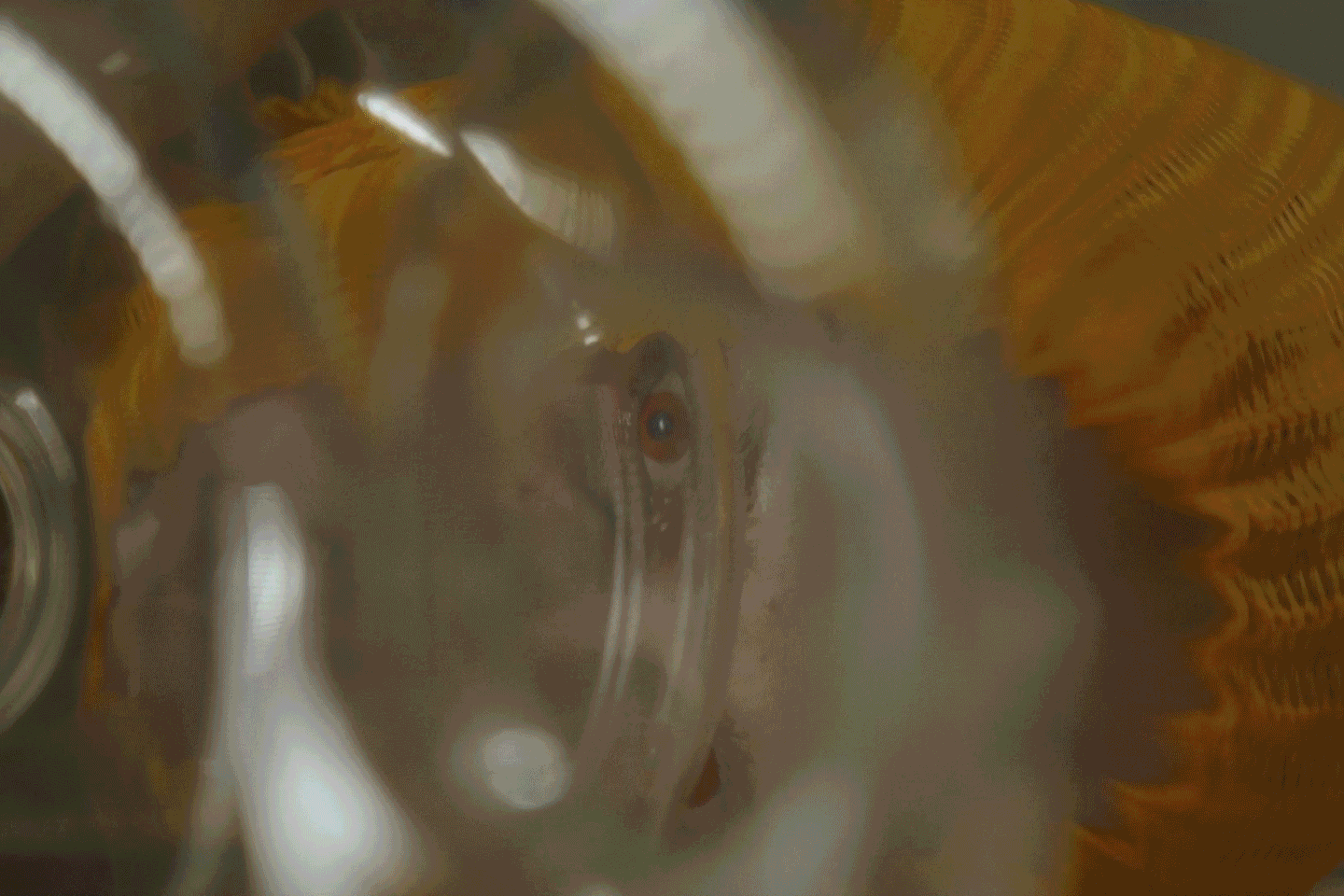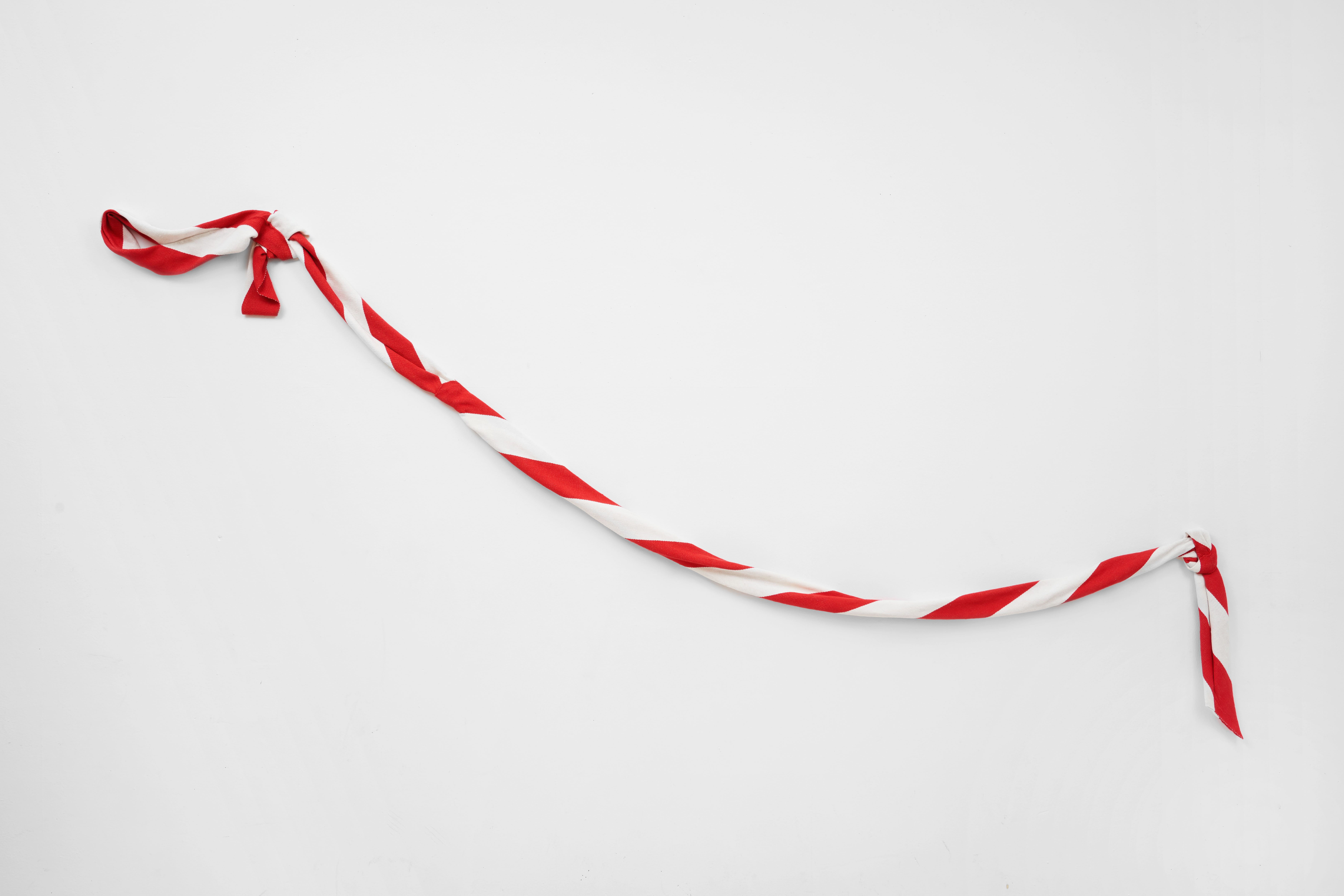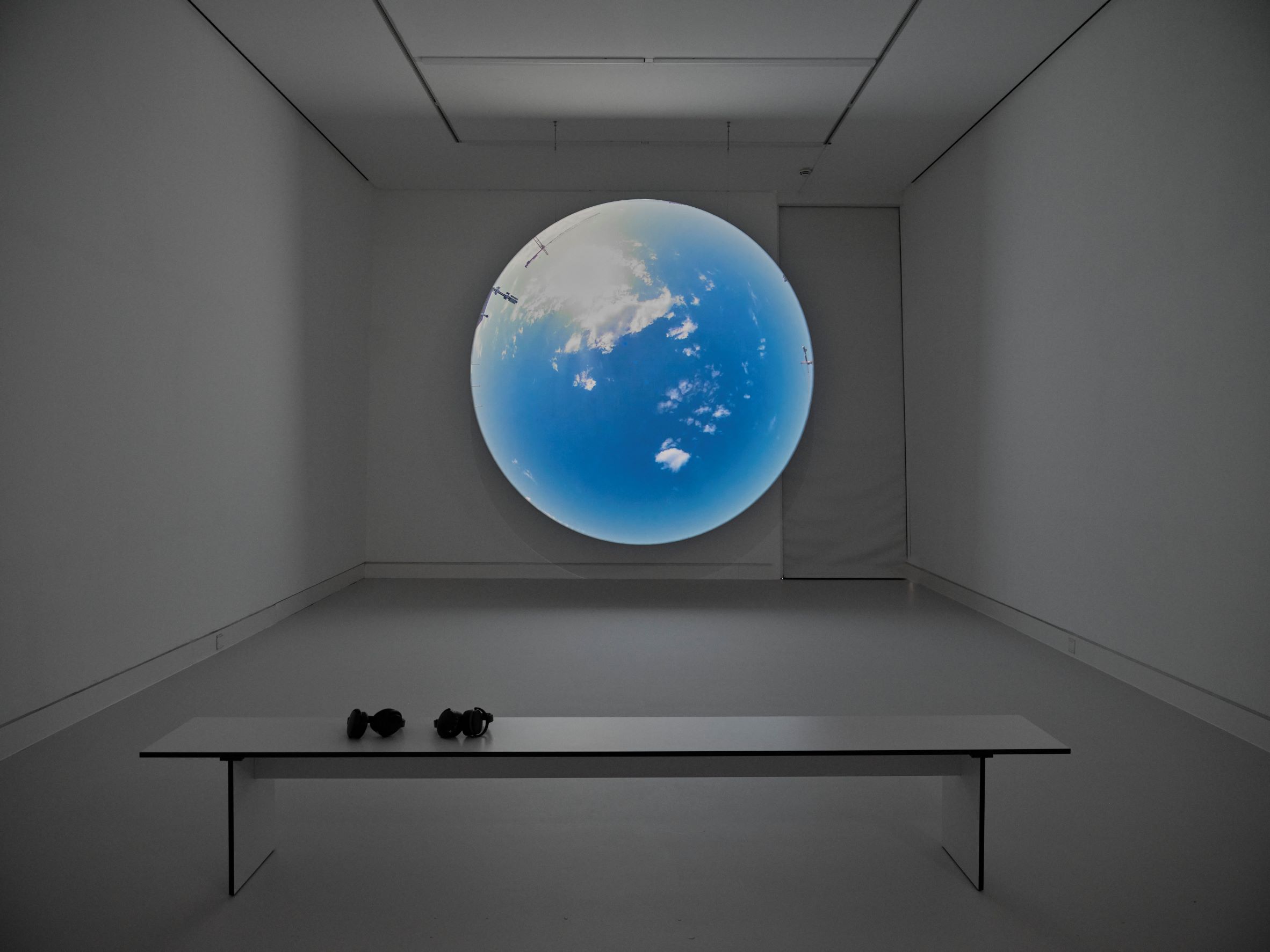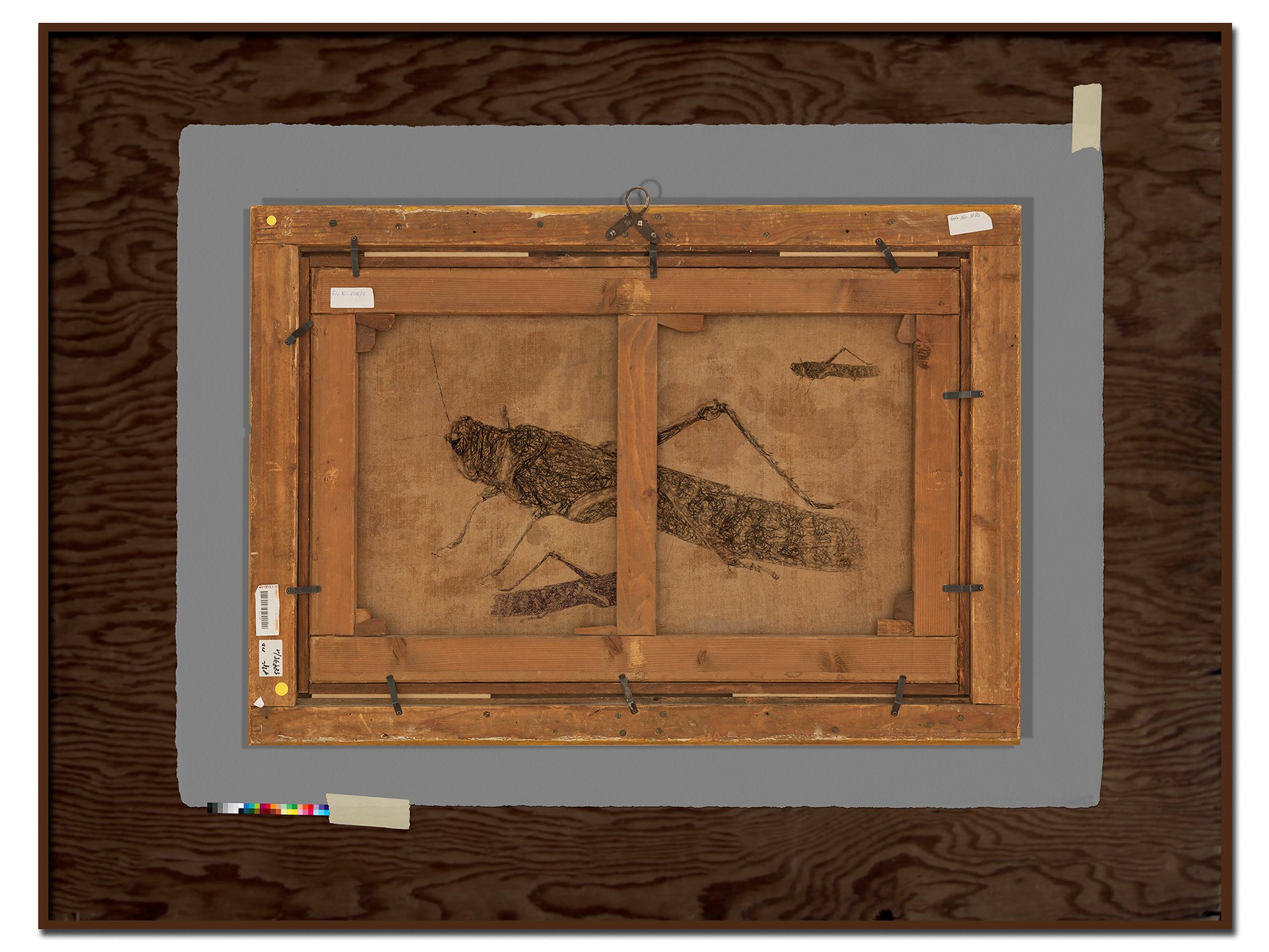Les Gueules Cassées—Scars of the Great War in Contemporary Art
February 27–June 8, 2014
Kunsthalle Mainz
Am Zollhafen 3-5
55118 Mainz
Germany
Hours: Tuesday–Friday 10am–6pm,
Wednesday 10am–9pm, Saturday–Sunday 11am–6pm
www.kunsthalle-mainz.de
Facebook
Yael Bartana, Tacita Dean, Agnès Geoffray, Wade Guyton, Thomas Hombach, William Kentridge, Peter Piller, Doris Salcedo, Markus Schinwald, Anne Schneider, Karlheinz Stockhausen, Julian Zilz
Curated by Markus Schinwald and Thomas D. Trummer
One hundred years after 1914, the Kunsthalle Mainz is commemorating “Les Gueules Cassées” in a special centenary exhibition. The exhibition depicts war wounds, pain and loss from the perspective of contemporary art. Neither the political nor the military history of World War I is illustrated. Instead, this exhibition brings together outstanding works of contemporary art which lay bare the scars of war: fear, trauma and precarious memory.
During the First World War the heavily injured were called “Les Gueules Cassées“: From then on the “mutilated faces” (actually “broken mugs”) became a fixed part of the iconography of the “Great War.”
Five French war veterans were present at the treaty signing in the Hall of Mirrors at the Palace of Versailles on June 28, 1919. Their faces were disfigured by horrid scars from grenade shrapnel. Those injured in battle were standing there as living war monuments, their images unmercifully multiplied in the Baroque mirrors. The sight of the men brought French Prime Minister Clemenceau to tears. The German delegates were also obliged to walk past this “memorial.” Not a single one of them would ever utter a word about this staging of the horrors of war.
The local point of reference becomes readily apparent when Black Hawk helicopters fly over the Kunsthalle Mainz several times a day. The helicopters are stationed at the Wiesbaden-Erbenheim airport less than ten kilometers away, where the US Army has its European headquarters. Severely injured servicemen and women from the Iraq and Afghanistan war theaters are given medical treatment at the local military hospitals. Our present-day “gueules cassées” are directly nearby, yet unlike the battle-injured from the First World War, their modern counterparts are shielded from public view and rendered invisible for propaganda reasons.
Doris Salcedo gained a wider audience through her installation at the Tate Modern in London. In the museum’s physical plant a fracture opens up and keeps getting wider along the room’s entire length of 160 meters. Marginalization and segregation are the focus here, but also lines in architecture and the scars on buildings and existence. The lost Otto Dix painting War Cripples served as the model for a short film by Israeli artist Yael Bartana in which the war invalids depicted by Dix in caricature and with a pacifist subtext are animated. Degenerate Art Lives is the title of the remarkable work. Markus Schinwald manipulates historical engravings and lithographs. The individuals originally from bourgeoisie portraits are shown with physical disabilities, bandages, prostheses and awkward medical devices. In a series of photo engravings, British artist Tacita Dean dwells on the grim aesthetics of depicting catastrophe. She makes reference to the silent-film era practice of shooting two different final scenes, a happy ending for American viewers and one full of melancholy for Russian audiences. Peter Piller also works with archival material. He reproduces historical postcards of dub bombs in the First World War and combines photographs of battlefields with ocean waves. In Zeno Writing, William Kentridge tells the story of a literary figure created by Italo Svevo. Kentridge uses animated images against the background of the vicissitudes of 1914. Wade Guyton exhibits an abstract painting in monochrome black. Between two monumental surfaces there remains a groove fraught with ambiguous meaning, a scar in a figureless space. Agnès Geoffray is concerned with gestures and dream-like apparitions. The historical “gueules cassées” form a part of her uncomfortable art. Anne Schneider employs used jute sacks as wall and floor coverings and as sculptural elements. Thomas Hombach collects reused articles of war. On a flat pedestal he displays patrons remanufactured into decorative kitchenware, filters of gasmask as sieves. Original moulage and plaster molds by the war-time doctor Julian Zilz, a leading oral and maxillofacial surgeon who was at the eastern front around 1915, present the anatomical realities of facial injuries. Karlheinz Stockhausen composed his “Helicopter Quartet” for string quartet and four helicopters. The threatening whirring of rotors is combined with the squealing of highly tense strings. A video shows the work’s premiere from 1991.
Bryan Adams
Wounded: The Legacy of War
February 27–June 8
Born in 1959, rock singer and photographer Bryan Adams completed a series of portraits of British servicemen wounded in the wars in Iraq and Afghanistan. The series was published as Wounded: The Legacy of War in 2013. The large-format photographs are set against a white background with almost no borders. Adams shows the returning servicemen after they have been given medical treatment, with amputated limbs and battle scars, with their wheelchairs, walkers and other mobility aids and prosthetic limbs. The uncomfortable truth of war comes into sharp focus in these photographs.
Events and lectures:
Wednesday February 26:
8pm: Artist talk with Peter Piller
8:45pm: Artist talk with Agnès Geoffray
Thomas D. Trummer (Director Kunsthalle Mainz) in conversation with Peter Piller and Agnès Geoffray
Wednesday March 5, 7pm
Thomas D. Trummer in conversation with Inge Baxmann, Leipzig
Opening statement: Kerstin Thomas (Institut für Kunstgeschichte, Johannes Gutenberg-University Mainz)
Wednesday March 26, 7pm
“Maxillofacial Surgery of the First World War to the Present Day”
Lecture by Rainer Schmelzeisen (Universitäts-Klinikum für Mund-, Kiefer- und Gesichtschirurgie Freiburg)
Wednesday April 16, 7pm
Exhibition tour with Bernhard Dietz (Institut für Neueste Geschichte, Johannes Gutenberg-University Mainz)
Wednesday May 21, 7pm
Thomas D. Trummer in conversation with Gerd Krumeich, Düsseldorf
Opening statement: Andreas Rödder (Institut für Neueste Geschichte, Johannes Gutenberg-University Mainz)
Wednesday May 28, 4 pm
Reading marathon: All Quiet on the Western Front by Erich Maria Remarque
Thursday 5 June, 7pm
Artist talk with Markus Schinwald
Thomas D. Trummer in conversation with Markus Schinwald
Lectures, artists talks and conversations in collaboration with Institut français Mainz, and The Federal Agency for Civic Education Rhineland-Palatinate
Fade into You—A series of film screenings
View, drink and discuss
Wednesdays, 7pm
March 12, episode XXII
Léandre Bernard-Brunel: Colorature (2012), 25:59 minutes
April 2, episode XXIII
Anna Witt: Geld zu finden (2012), 9:41 minutes; 16+ (2010), 15 minutes
April 23, episode XXIV
Gerard Byrne: Homme à femmes (2004), 38 minutes
May 14, episode XXV
Ori Gersht: Big Bang (2006), 5:33 minutes; The Forest (2005), 13:22 minutes
June 4, episode XXVI
Shelly Nadashi: A Place for Commas and Dots (2013), 14:28 minutes; Medium (2012), 9:24 minutes
June 25, episode XXVII
Marvin Gaye Chetwynd: A Walk To Dover, (2006), 11:23 minutes
Contact:
T + 49 6131/12 69 36 / F + 49 6131/12 69 37 / mail@kunsthalle-mainz.de
